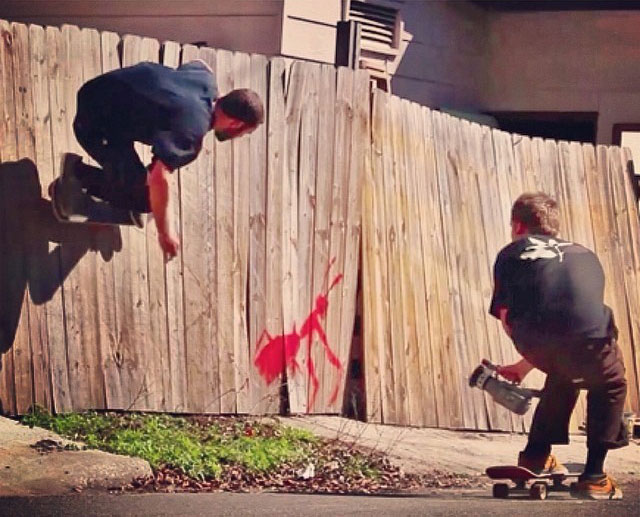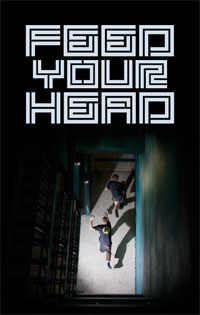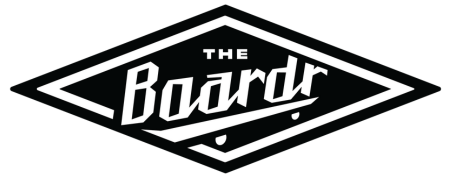Footage, photography, clips—whatever you want to call it; you know that it plays an integral role in skateboarding. It's like that old saying, "If a guy does a switch frontside flip in the woods, and no one was there to film it, did it really happen?"
DVDs, Magazines, and Youtube are skateboarding's history books. It proves that a trick took place at this location within a certain time (hopefully) before anyone else. Just like newspapers, skate videos serve the purpose of documenting facts and providing a bit of entertainment along the way. However, just like the Sunday paper, full-length skate videos are drying up and only purists are purchasing them on a regular basis.
Because of the transition to online videos, the production of skate DVDs has suffered and the existence of "shop videos" remain in a problematic state. Yet, there are still skaters and videographers that prefer their tricks to be watched on a television set instead of an iPhone. Unfortunately, it costs a wad of cash to do it the old fashioned way.

There are lots of guys putting out 10-minute cell phone edits and group montages with little more than a Youtube account and an Olloclip, so it can be hard to justify the cost of pricy camera gear to make a "legit" skate video.
Marshall Nicholson, a 23-year-old from Fort Myers, Florida, is a filmmaker who went against the grain with some friends to make a traditional skate film. Over the course of two years, Nicholson and friends hit the streets at night, and on the weekends to put together 40 minutes and 28 seconds of feel-good skateboarding. In the video, there was footage from all over the Sunshine State, as well as some clips from neighboring states. Six local skaters had full parts, various guys held the camera and, Nick Zizzo made a two-week pit stop in Fort Myers to film the bulk of his part.

During those 24 months, Nicholson used two Death Lenses, three external hard drives and, hundreds of gallons of dino juice. Luckily, he was able to do free premiers at local bars, but pressing DVDs, fixing VX1000 cameras, and buying lighting equipment are all real expenses.
"Close to 50 sixty-minute Mini DV tapes were used," Nicholson says. "A set of 6 Mini DV tapes cost $32, so roughly $266 dollars was spent just on tapes."
In the end, Nicholson estimates that he spent a grand total of more than $2,500 on various equipment, getting 350 DVD copies made, and a $115 skateboarding ticket. His costs don't include travel expenses, fast food, or missing work to follow skateboarders with his camera. He did manage to sell about half of his DVDs, which make his profit at a modest negative $1,120.
"If someone is seeking to make a buck by making an independent skateboarding video, I highly recommend getting that ideology out of your head," he says. "I enjoy skateboarding so much and will continue to film it for as long as I can… It's hard to make a profit doing it, but I knew that from the beginning. I consider each project as a learning experience and a type of therapy. I learn multiple camera/editing techniques and while I'm out with everyone in Fort Myers or on the road it's calming and relaxing…a great experience with amigos, and I think other skateboarders and videographers can relate to that."
If you want to purchase a Feed Your Head DVD, you can find 'em HERE. Otherwise, enjoy the video in its entirety for the first time online below:
